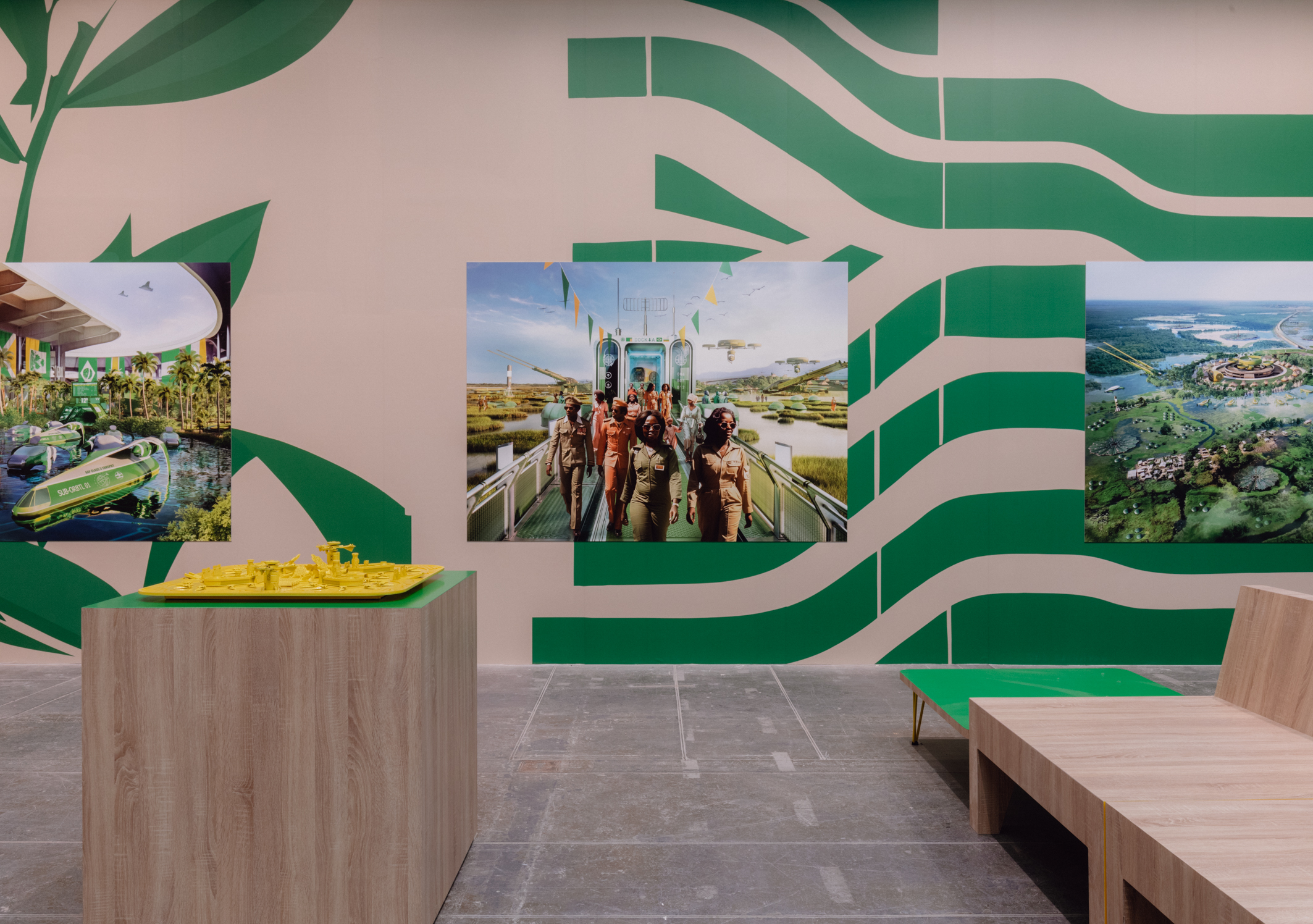I am using the term ‘”an-African Realist” here as a loose reference to Socialist Realism, the aesthetic of art popularized in much of the Soviet Union characterized by idealized imagery and the visual espousal of the values of Soviet life. Pan-African Realism bears an aesthetic, and moral, if not political similarity to its Soviet counterpart.
“Scramble for Africa” is the term famously used to describe the widespread colonization Africa major Western European nations including France, Germany, Great Britain, Portugal, and Belgium. The process was inaugurated at the Berlin Conference of 1884, where the attending nations carved out Africa into various colonies.
Ideas associated with the back-to-Africa movement developed in the diaspora throughout the eighteenth and nineteenth century. They were based on belief in the repatriation of formerly enslaved and free Blacks—especially those in North America—to Africa. The movement was supported in particular by the controversial black separatist Marcus Garvey, who went as far as incorporating the Black Star Line—a shipping and passenger company intended to transport African Americans back to Africa.
"Agenda 2063: The Africa We Want," African Union. See ➝.
This essay was commissioned as part of a collaboration between e-flux Architecture and alumni from the fourth cohort of New Architecture Writers to publish reviews of the 2023 Venice Architecture Biennale and Lesley Lokko's 18th International Architecture Exhibition, "The Laboratory of the Future."
